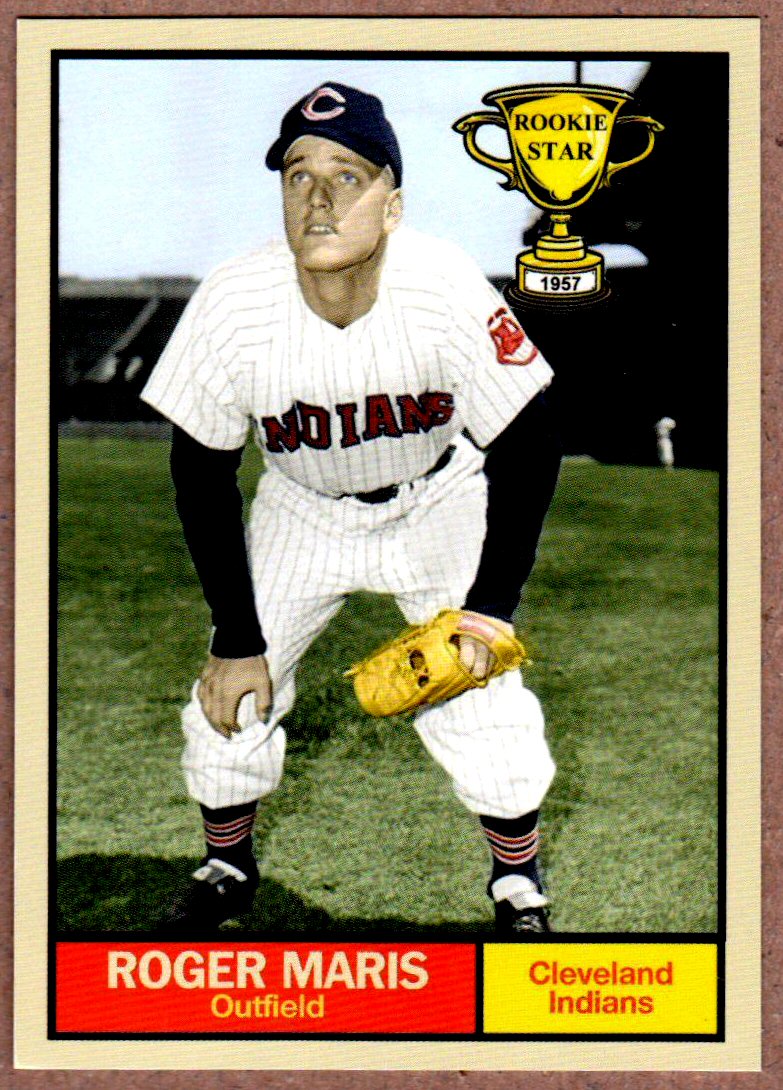
/cdn.vox-cdn.com/uploads/chorus_image/image/68478607/53011652.0.jpg)
"Murderers' Row" was actually coined in the 1920s. One famous photograph lined up six 1961 Yankee players, including Mickey Mantle, Roger Maris, Yogi Berra, and Bill Skowron, under the nickname "Murderer's Row," because they hit a combined 207 home runs that year.

Yankee home runs began to come at a record pace. In 1961, the American League expanded from 8 to 10 teams, generally watering down the pitching, but leaving the Yankees pretty much intact. He was recognized as an outstanding defensive outfielder with a Gold Glove award, and also won the American League Most Valuable Player award.
Roger maris cardinals full#
In 1960, his first full season with the Yankees, despite the already-nagging media, he led the league in slugging percentage, RBIs, and extra base hits and finished second in home runs (1 behind Mickey Mantle) and total bases. Kansas City frequently traded its best players to the New York Yankees, and Maris was no exception, going to New York in a seven-player trade in December 1959. The next year, he was traded to the Kansas City Athletics, whom he represented in the All-Star Game in 1959 in spite of missing 45 games due to an appendix operation. Maris made his Major League Baseball debut in 1957 with the Cleveland Indians. Recruited to play football at the University of Oklahoma, he arrived by bus in Norman and found no one from the university there to greet him. A gifted athlete, Maris participated in many sports while in Fargo.Īt an early age, Maris exhibited an independent, no-nonsense personality. He grew up in Grand Forks, North Dakota and Fargo, North Dakota where he attended Shanley High School.

The son of Croatian immigrants, he was born as Roger Eugene Maras (he later changed his last name to Maris) in Hibbing, Minnesota. 3 Awards, honors, and life after baseball.


 0 kommentar(er)
0 kommentar(er)
